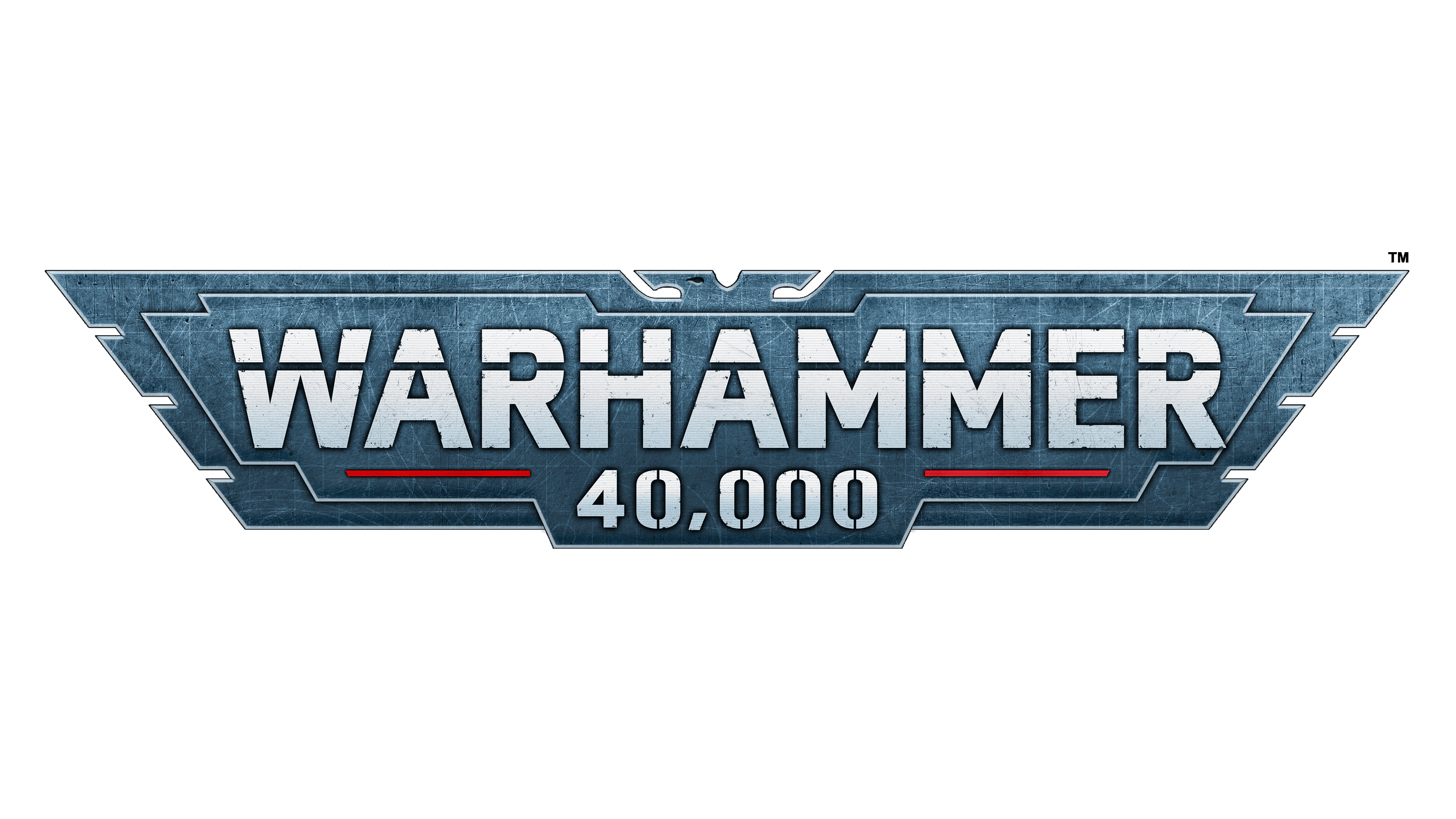Warhammer Logo
Warhammer is a richly detailed, dark fantasy universe where ancient races clash with newer powers. It encompasses a board game with miniatures, depicting a brutal, war-torn world. Players collect and paint armies, engaging in strategic battles. Warhammer Fantasy, rooted in medieval mythology, and Warhammer 40,000, set in a dystopian sci-fi future, are its two main versions. Both versions feature complex lore, emphasizing large-scale conflicts and heroism amidst despair. This franchise also extends into video games, novels, and comics, offering a comprehensive, immersive experience.
Meaning and history
Warhammer, created by Games Workshop, started as a small British game company in the 1970s. Initially, they focused on importing and selling wooden board games and later, miniature figures for role-playing games. In 1983, the company shifted, launching “Warhammer Fantasy Battle,” a tabletop miniature wargame set in a medieval fantasy universe. This game, blending role-playing and wargaming elements, gained rapid popularity.
The 1980s marked significant growth for Games Workshop, with the expansion of their retail network and the introduction of “Warhammer 40,000” (Warhammer 40K) in 1987. Warhammer 40K, set in a dystopian sci-fi universe, became a cultural phenomenon, known for its elaborate lore and intricate miniatures. The grim, dark setting of a far future, where the galaxy is in perpetual war, resonated with players globally.
In the 1990s, Games Workshop continued to expand, cementing Warhammer as a leading name in the wargaming community. They diversified their portfolio, delving into novels, magazines, and video games, thus broadening Warhammer’s reach. The “Black Library,” their publishing arm, was established to produce novels and stories set in the Warhammer universes, adding depth and background to their games.
The 2000s saw the digital expansion of Warhammer, with several successful video games, notably in the strategy and action genres. These games introduced Warhammer to a broader audience, beyond tabletop gamers. Simultaneously, the company continued to innovate in miniature design and game mechanics, keeping the tabletop games fresh and engaging.
In recent years, Warhammer has embraced the digital age with mobile games and digital versions of their tabletop games, while also nurturing the core tabletop experience. The community around Warhammer has grown, with international tournaments, a vibrant painting hobbyist scene, and an active online community. Warhammer’s story is one of innovation and adaptation, evolving from a small British company into a global gaming phenomenon, touching upon multiple mediums and captivating a diverse, worldwide audience.
What is Warhammer?
Warhammer stands as a multifaceted realm of fantasy and sci-fi, at the heart of a celebrated tabletop wargame crafted by Games Workshop. It envelops elaborate miniature models and a tapestry of narratives, stretching across two core domains: the medieval enchantment of Warhammer Fantasy and the bleak futurism of Warhammer 40,000. This expansive cosmos has traversed into the realm of video games, literature, and fostered a dynamic global fellowship, entrancing devotees with its meticulously crafted and immersive realms.
1987 – 1993
The logo features a bold, metallic typeface spelling out “Warhammer,” with sharp, crystalline edges that give it a powerful, almost chiseled look. Below, “40,000” is emblazoned in a contrasting fiery palette with a spherical gradient effect, emphasizing the futuristic aspect of this edition. The blend of the futuristic font for “40,000” and the gothic, almost archaic style of “Warhammer” captures the essence of a universe that is both ancient and advanced. The overall design conveys a sense of epic battles and a timeless struggle, resonating with the game’s theme of eternal war in a distant, dark future.
1993 – 1998
This iteration of the Warhammer logo maintains the iconic “Warhammer” wordmark, but with a striking color shift to a gradient of blazing orange and deep black, reminiscent of a forge’s heat. The three-dimensional effect is more pronounced, giving the impression of the logo emerging from shadows into a fiery light. This logo variation suggests a hotter, more intense atmosphere, perhaps reflecting the heated battles and fierce warfare that define the game. The angular cut on the top of the logo adds a visual break, hinting at battle damage or wear, which aligns with the war-torn themes of the game’s universe. Overall, the logo’s evolution mirrors the dynamic and ever-intensifying narrative of the Warhammer world.
1998 – 2020
The logo’s stark “Warhammer 40,000” text, in a monolithic font, has a deep green hue reminiscent of aged bronze. Beveled letters give the feel of being chiseled from stone, projecting architectural strength. Its dark, marbled background suggests a monument fitting the game’s epic narrative.
The logo shifts from warm gradients to a cool, subdued palette, possibly mirroring the game’s grim setting. “40,000” now sits under “Warhammer,” implying unity, with a simpler, more utilitarian font indicating a darker turn in the game’s theme. More restrained, this logo still commands attention, echoing Warhammer’s lasting influence.
The newer design’s simplicity contrasts with previous complexity, emphasizing Warhammer’s timeless appeal. Subtle textures suggest layers of history and lore within the game’s universe. This evolution reflects a brand maturing alongside its narrative, deepening its iconic status
2020 – Today
In contrast to the previous version, this logo forsakes the greenish, bronze-like patina for a more sterile, cold steel aesthetic, perhaps suggesting the harshness of space or the cold machinery of war. The red line underlining “Warhammer” introduces a subtle, yet sharp contrast, possibly alluding to the blood spilled in the countless conflicts of the game’s lore. The logo’s evolution from the marbled texture to this battle-scarred metal reflects a shift towards a more futuristic, mechanized feel, aligning with the game’s focus on warfare in the far future.















